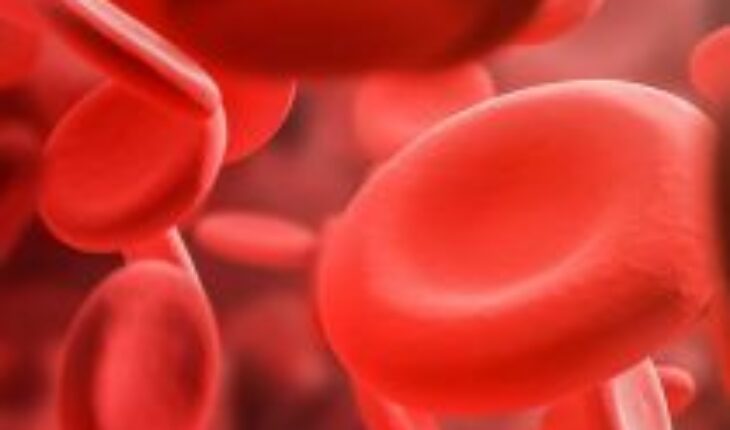Hemophilia is a pathology whose origin is genetic and affects some of the proteins in the blood that control clotting, causing people who suffer from it to bleed longer than normal and present spontaneous hemorrhages in joints, muscles or other parts of the body.
This hematological disorder has no cure and is often detected in the first months of life.
According to the “World Hemophilia Federation’s 2019 World Survey Report”, in Chile there are 1,763 people living with this pathology. Although it is a complex disease to carry and has a high impact on the quality of life of patients, research and scientific advances have allowed the development of new solutions for its treatment.
“In Chile we have an excellent level of diagnosis and also the possibility of treating all patients suffering from this disease. The world recognizes the great advances that his treatment has had in the last 15 years. With the admission of hemophilia to the GES, diagnosis is assured within 15 days of suspicion and lifelong treatment,” explained Verónica Soto, director of the National Hemophilia Program.
The disease is chronic, but there are very effective treatments that allow those who have it to lead a normal life. The procedure consists of administering the missing clotting factor into the blood, for this products are used that must be administered intravenously.
When sufficient amounts of factor are administered, bleeding stops. In Chile there is a ministerial program that covers treatment for this type of patient.
In that sense, despite the fact that Chile is a leader in the comprehensive system of treatments for patients with hemophilia, with a National Hemophilia Plan contemplated in the GES system, there is still a very challenging way to go in terms of patients having access to innovative and first-line therapies.
Acquired hemophilia, another type of bleeding disorder
Although April 17 marks World Hemophilia Day of genetic origin, there is another type of bleeding disorder that also causes bleeding and is called acquired hemophilia.
“Acquired hemophilia is a disease with a totally different origin than congenital hemophilia. It is not chronic, it affects adults almost without exception. In 40% of cases it is triggered secondarily to a basic disease, such as an autoimmune disease or cancer. The idiopathic form, that is, it lacks an underlying disease, is the most frequent,” explains Dr. Soto.
It also explains that it is within the so-called immune diseases, in which the organism triggers the production of an antibody that leads to the destruction of some element of our organism such as a cell or a protein. It is called hemophilia (despite being acquired) because it coincides with the fact that it affects the FVIII (mainly) of blood coagulation, then causing a hemorrhagic disease.
According to the doctor, “acquired hemophilia is a rare disease and is also underdiagnosed because it often occurs in the context of serious diseases and, in the absence of diagnostic suspicion, the patient dies without diagnosis or recovers by improving the underlying disease that triggered it. It is estimated a frequency of 2 per million inhabitants, much less frequent than congenital hemophilia, which occurs in one case per 5000 live male births.”
However, it is important that it is recognized within rare diseases, for example, in the Ricarte Soto Law, and that access to timely diagnosis and treatment can be guaranteed, since it has a very high burden: the cost of treatment is very high, the morbidity and mortality of the patient is also high and requires specialized personnel and centers with experience in this type of treatment.
Hemophilia in Chile: more than 1,700 people live with this pathology
April 17, 2022 |





